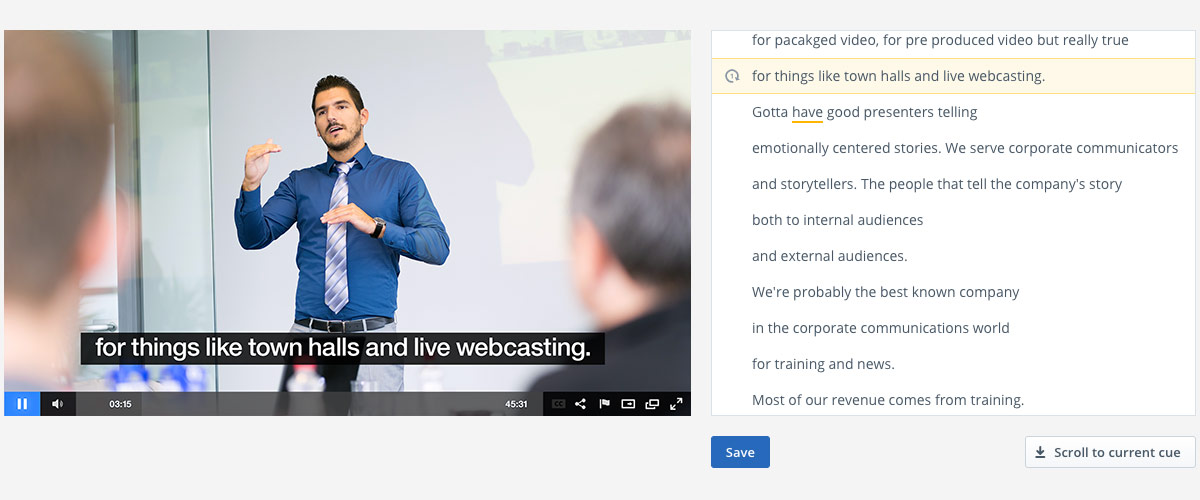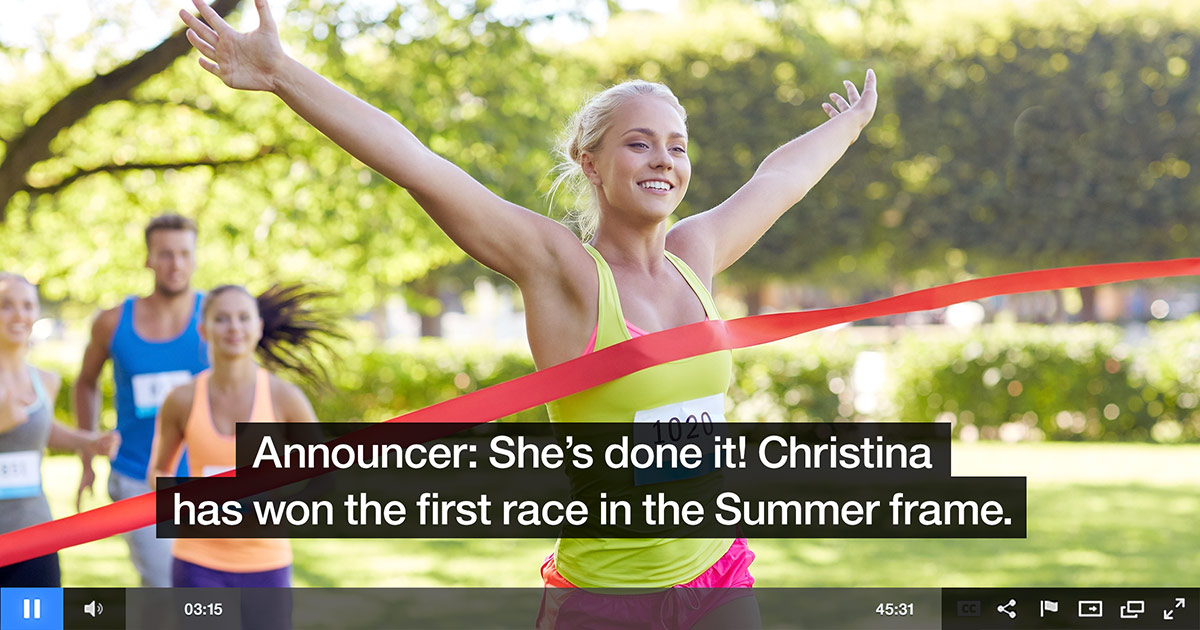
In today’s workforce, businesses need to remain agile to support increasingly global teams. In order to stay on the pulse of shifting workplace trends, these large companies are turning to new media and technologies. At IBM, we’re ushering in the future of effective and efficient workplace collaboration with our advanced video and AI technology.
That’s why today IBM Watson Media unveiled new AI-powered Automated Watson Caption Support and Speech-to-Text capabilities to its enterprise video offering. From town halls to training and development seminars, we’re applying Watson’s machine learning capabilities to expedite the distribution of enhanced video content to teams worldwide. These flexible, scalable video streaming capabilities connect enterprises worldwide through live and on-demand streaming video technology — increasing accessibility, streamlining compliance adherence, expediting workflows, and enhancing overall corporate communications.
Rodan + Fields, the number one skincare brand in the U.S. (according to Euromonitor) and one of the fastest-growing disruptors in beauty, is among the first of our clients to experience these enhancements to their global enterprise communications. The company has a range of popular, dermatologist-inspired, clinic-quality products and in 2016, they achieved a major milestone by surpassing $1 billion in revenue. By pioneering a high-tech, high-touch business model that combines the best of retail, ecommerce, and social platforms, Rodan + Fields has more than a million customers and an expansive network of over 200,000 Independent Consultants. Rodan + Fields uses IBM Watson Media’s enterprise streaming solutions to connect with their Consultants, and with our latest features, companies like Rodan + Fields can deliver the best video experience to their employees and Consultants regardless of location.









